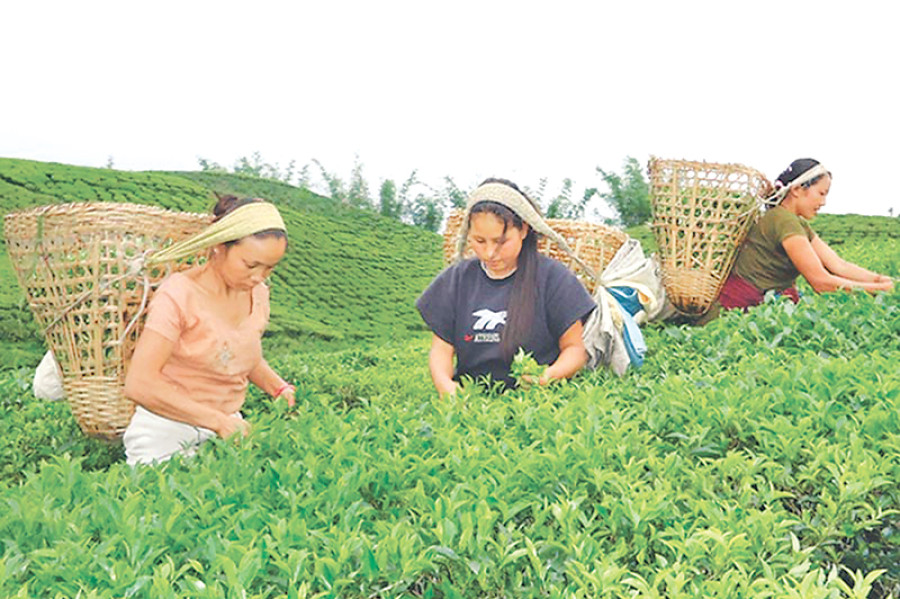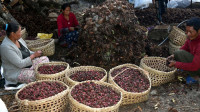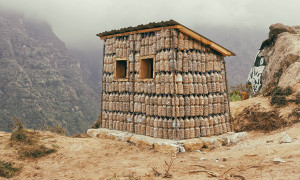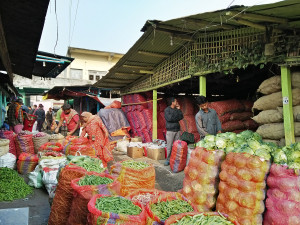Money
Long winter drought hits Ilam’s tea crops
Prolonged winter drought in the eastern hill district of Ilam has taken a toll on tea yields. Tea farmers said the extended dry weather had affected growth of tea shoots. Many are predicting 2018 will be a bad year for tea production in Nepal.
Prolonged winter drought in the eastern hill district of Ilam has taken a toll on tea yields. Tea farmers said the extended dry weather had affected growth of tea shoots. Many are predicting 2018 will be a bad year for tea production in Nepal.
There was hardly any rainfall till March-end this year which led to a drought-like situation in the hills resulting in crop loss. Traditionally, tea leaves are picked in March; but this year, a majority of tea estate owners have not started the harvest.
“March is the key period to start plucking tea leaves,” said Madhav Niraula, a local farmer in Ilam. “But this year, only a few tea estates have reported shoot growth.”
The growth of tea leaves has been poor except in the tea gardens located in the southern part of the district. Farmers have blamed the long winter drought as the main reason behind the poor production of crops.
If there had been rainfall in January, it could have helped the growth of tea shoots; and we would have been able to harvest the leaves by the end of March, said tea farmers.
“Without rain, our ‘first flush’ of the tea harvest as well as future harvest will be affected,” said Dambar Katuwal, a tea farmer in Kanyam, Ilam. The ‘first flush’ is the plucking of tea leaves after the winter season that begins from mid-February and lasts until mid-May. This is also the best season for high quality tea leaves.
“Our future harvest will also be affected, as plucking tea leaves during this season means tea shoots are regenerated,” said Katuwal.
Due to lack of tea leaves, none of the factories in the districts has started processing tea although they are ready to start work. “Last year, we started processing tea leaves in March, but we are yet to get tea leaves this season,” said Om Kafle, manager of Ilam Tea Producers which operates a tea processing factory.
Tea factories have fixed the price of tea leaves at Rs50-55 per kg for this season. However, farmers are yet to bring their tea leaves to the factories.
There are around 18,000 farmers in the district who depend on tea farming. The district produces 5,000 tonnes of orthodox tea annually, most of which is exported. Tea producers are concerned that productivity has been falling just when demand for Nepali orthodox tea has started to rise in the international market.
Demand for Nepali tea has been swelling at the rate of 10-15 percent annually. Germany is the major market for Nepali orthodox tea. A number of other European countries and the US are large buyers of Nepali tea.




 16.12°C Kathmandu
16.12°C Kathmandu












%20(1).jpg&w=300&height=200)
